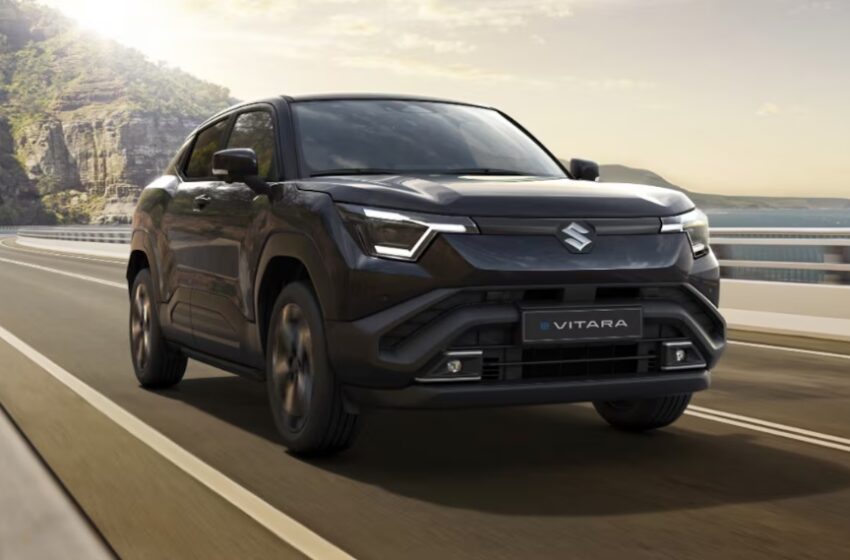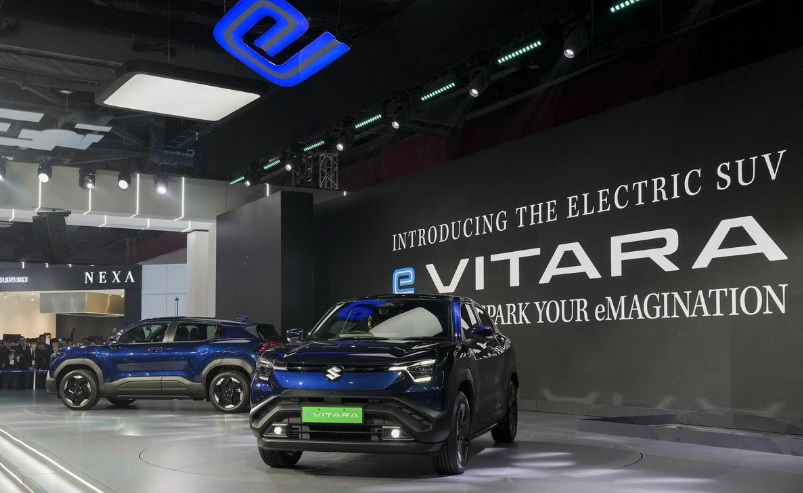
Rare Earth Magnet Crisis: Maruti Denies Disruption Amid e-Vitara Production Concerns
Maruti plans to produce around 67,000 units of the e Vitara, the carmaker’s maiden EV, in FY26.
The country’s largest carmaker, Maruti Suzuki India, has denied any disruption to its operations due to the ongoing rare earth magnet crisis, even as its production plans for the upcoming electric sport utility vehicle (SUV), the e-Vitara, have been affected.
The e Vitara will be launched in India before the end of September 2025. It will be produced at Maruti’s Gujarat plant. The carmaker plans to manufacture around 67,000 units of the electric SUV in FY26.
While the company had initially targeted production of 26,000-27,000 units of the e Vitara in H1 FY26, the short supply of rare earth magnets, due to export curbs imposed by China, has resulted in a production cut for the electric SUV, according to our sources.
However, depending on the rare earth magnet supplies, Maruti will ramp up production in the second half of the fiscal to meet the annual target.
The e Vitara will not only be sold in India but also exported to over 100 countries, including Japan and European nations. With a couple of battery pack options, 49 kWh and 61 kWh, the electric SUV has a claimed range of over 500 km on a single full charge.

Speaking to the media on the sidelines of the announcement of Bharat NCAP safety ratings of the Dzire compact sedan and the Baleno premium hatchback, a Maruti spokesperson said: “Regarding the situation on rare earth, as of now, there is no disruption in our operation due to this issue. There is a lot of uncertainty, and the situation is continuously evolving.”
“We are monitoring the situation and pursuing multiple solutions to ensure continuity in our operations. If and when there is any material impact to our business, we will inform all stakeholders in line with regulatory requirements,” the spokesperson noted.
In April 2025, China imposed export restrictions on seven rare earth elements and finished magnets, mandating export licences. According to a Crisil report, the revised framework demands detailed end-use disclosures and client declarations, including confirmation that the products will not be used in defence or re-exported to the USA.
Rare earth magnets are used in the manufacturing of several important components of electric vehicles (EVs) and hybrid cars. Among the most commonly used rare earth magnets are Neodymium-Iron-Boron (NdFeB) and Samarium-Cobalt (SmCo) and they are used for making permanent magnet synchronous motors, electric power steering (EPS), braking systems, transmission systems, audio components, and heating, ventilation and air conditioning (HVAC) units, among others.
In the components of internal combustion engine (ICE) cars, the usage of rare earth magnets is relatively less. Among others, EPS and motorised systems utilise them.


